Have pencil, will travel (again): the call of culture
By Anthony Mallows
May 13, 2020
Last month I listened in on a webinar hosted by the Future Investment Initiative. As the group shared results of a survey of global CEOs, I was heartened by the fact that – when asked “what question is keeping you up at night” – the majority (58%) of leaders answered, “how do we turn this [pandemic] into an opportunity for growth?” Far more than the 22% who worried “when will the economy reopen.” We all feel the anxiety and tension that builds as we stretch beyond two months of restrictions and closures, but I still believe we’ll come out of this better, smarter and more connected than ever. This pandemic nudges us to reprioritize, and to reinstate the values that we hold most dear. As a former Italian prime minister said on the FII webinar, “what will lead us back [from this crisis] will be culture and identity.”
Culture and identity are the roots that lead to long-term resilience.
Culture and identity are the roots that lead to long-term resilience. WATG and Wimberly Interiors’ roots, planted 75 years ago in Honolulu by our founders George “Pete” Wimberly and Howard Cook, established our own culture of ohana, meaning “family” or “extended kin and clan” in Hawaiian. The spirit of the islands taught us to focus on community strength, self-reliance and sustainability, which we still prioritize today. In fact, our firm grew out of a time of crisis – World War II – when communities around the world were, similarly, looking to reprioritize and rebuild. Greg Tong (the “T” in WATG) tells the story: “Pete and Howard came to Hawaii during WWII to work at Pearl Harbor in the camouflage department. Pete started his own design firm and Howard soon joined him to form ‘Wimberly and Cook.’ The Royal Hawaiian Hotel, which once served as an Army hospital, needed to be remodeled back into civilian use. And our legacy of designing global destinations was launched.” We’ve been traveling the world, motivated to make a positive and lasting impact ever since.
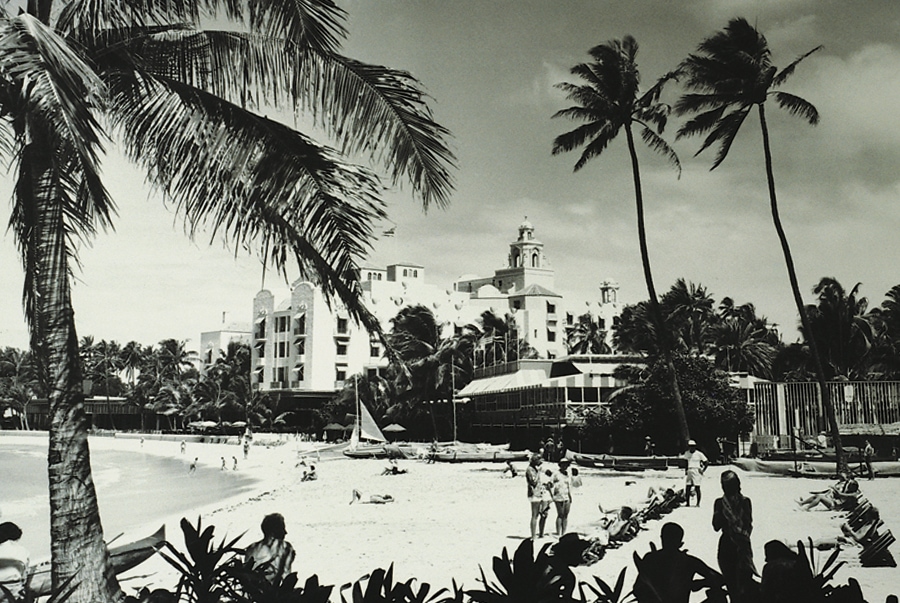
The Royal Hawaiian in Honolulu – WATG’s first hospitality project in 1945
More important than our own culture, though, are the people and culture of each destination. When we travel, we remember the people as much as the place. The people make the place and define the culture. So, as designers, we must dig deep to understand the nuances of how residents (ultimately the team behind a destination) live and work. For instance, consider the most memorable places you’ve visited: in a hotel or resort, the most exceptional team members stand out because they are sharing the authentic local experience with guests, not simply delivering good service. But what motivates them to share the place they call home? When employees are well-treated, respected and supported, they feel proud of the place they work. Pride turns into a sense of stewardship, which turns into that feeling of home – comfort, familiarity, belonging, and that spirit of ohana – which ultimately motivates team members to participate in taking care of the place and preserving its future. Its future is their future, after all.
As designers, we must dig deep to understand the nuances of how residents (ultimately the team behind a destination) live and work.
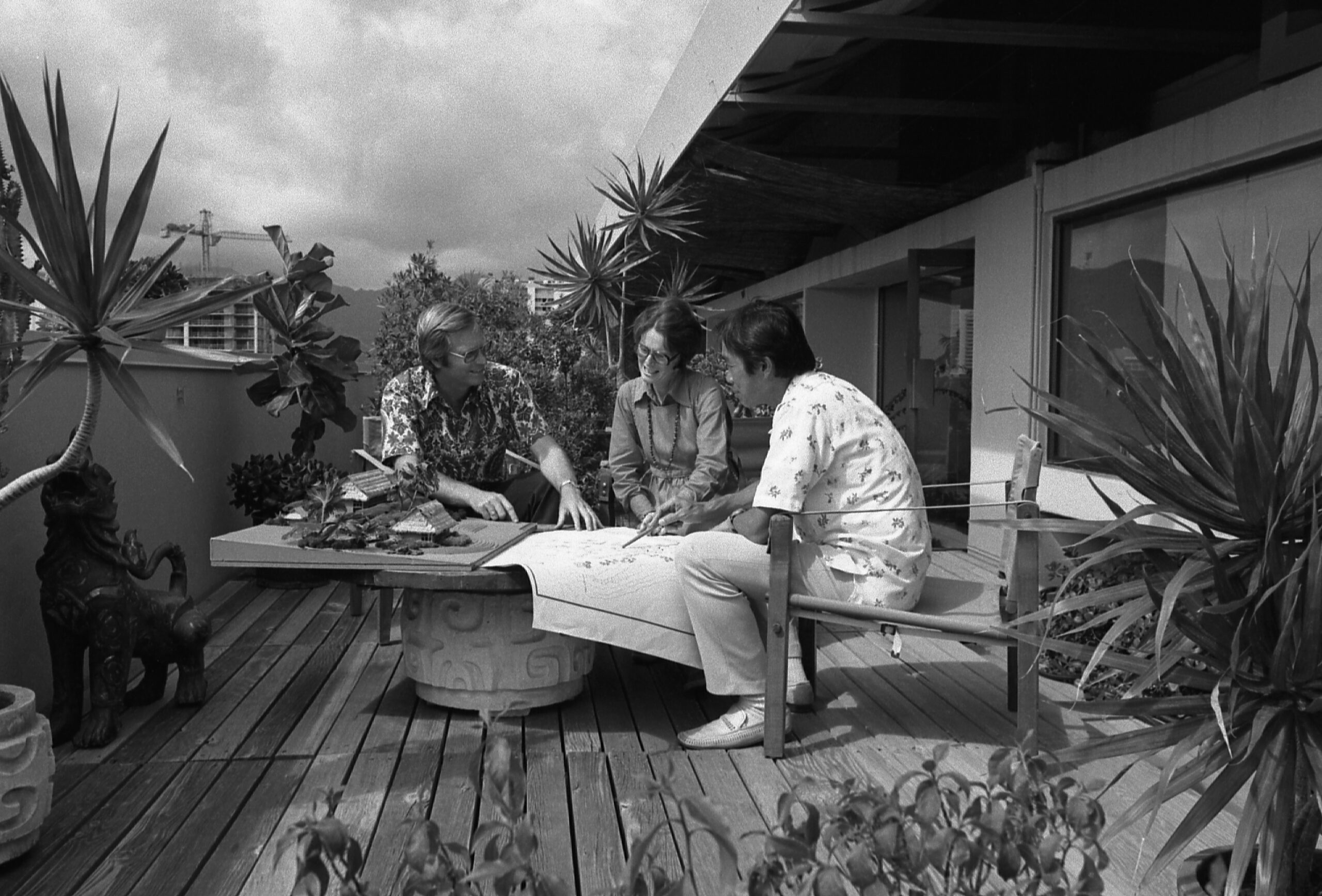
Since our dawning days, “ohana” has been at the heart of everything we do
This is why resilience matters. As travelers and guests, we look for the same sense of comfort and belonging, and we remember the people who helped us feel at home. As designers, we must ensure that the places and experiences we help to create are authentic to both culture and nature, balancing the long-term social, financial and environmental needs of the community so that these destinations – these homes – can thrive for generations to come. Times of crisis make us more aware of the resources and systems upon which we depend, but times like these also make us more aware of their fragility. We recognize the need to do more with less – a positive effect of challenging times, as self-reliance and sustainability are central to the values we reaffirm. When we travel, we leave a destination with greater respect and understanding of the impact we have on the world, for the space we occupy. The most successful destinations will communicate and encourage a positive impact on both people and planet.
The most successful destinations will communicate and encourage a positive impact on both people and planet.

Forever intrepid, Pete Wimberly and George Whisenand explore Fiji
Our innate desire for deep, immersive experiences of new and different cultures will bring us out of this crisis. People want memorable experiences, so as we each reset our personal values, culture now becomes an even bigger part of a destination’s appeal. Design starts with understanding that culture and lays the foundation for its preservation. David Keen, Catherine Monthienvichienchai, and I recently discussed this on a Quo podcast: I believe exceptional design is one of the most important ingredients to enhancing a destination and creating an experience that’s memorable. We have to draw out and reinforce the unique messages of a place through design.
And those messages will call us out into the world to travel again.
Latest Insights
Perspectives, trends, news.

- News
The Torch, The Screwdriver, and the Pencil – Pete Wimberly’s Story
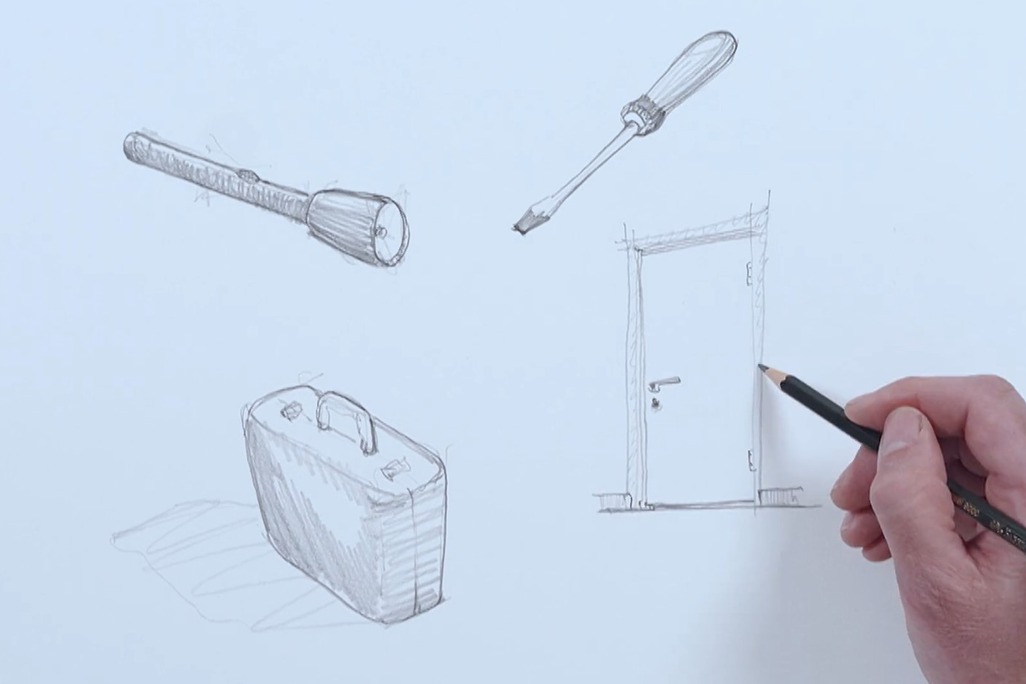
- News
The Torch, The Screwdriver, and the Pencil – Pete Wimberly’s Story
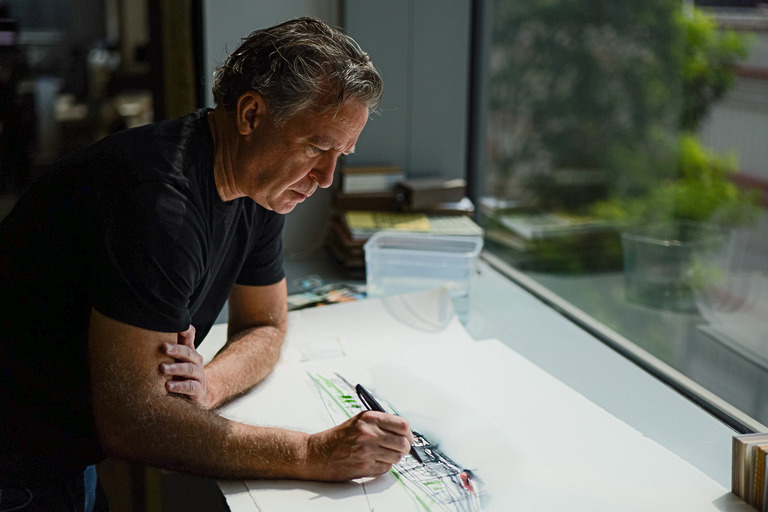
- Employee Feature
Ian Simpson: Constantly Curious, Constantly Creative

- Employee Feature
Ian Simpson: Constantly Curious, Constantly Creative
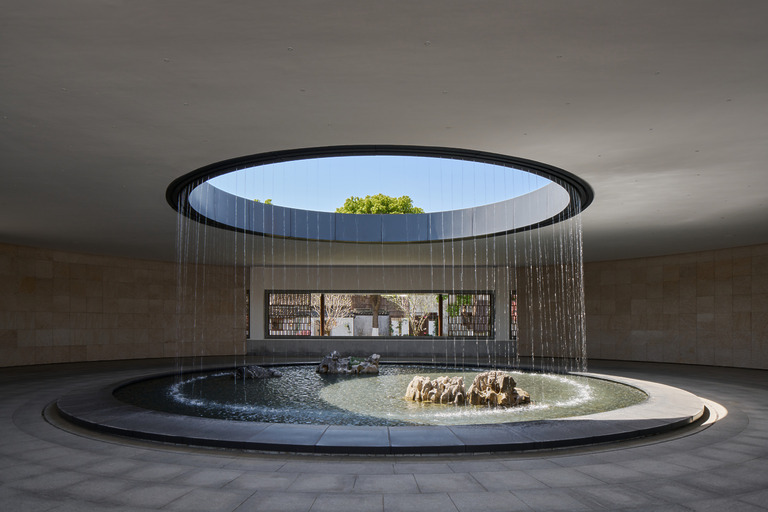
- Strategy & Research |
- Design Thinking & Innovation
Designing the Arrival Experience

- Strategy & Research |
- Design Thinking & Innovation
Designing the Arrival Experience

- Employee Feature |
- Inside WATG
Mentorship, Community, and Creativity: WATG’s Blueprint for the Next 80 Years
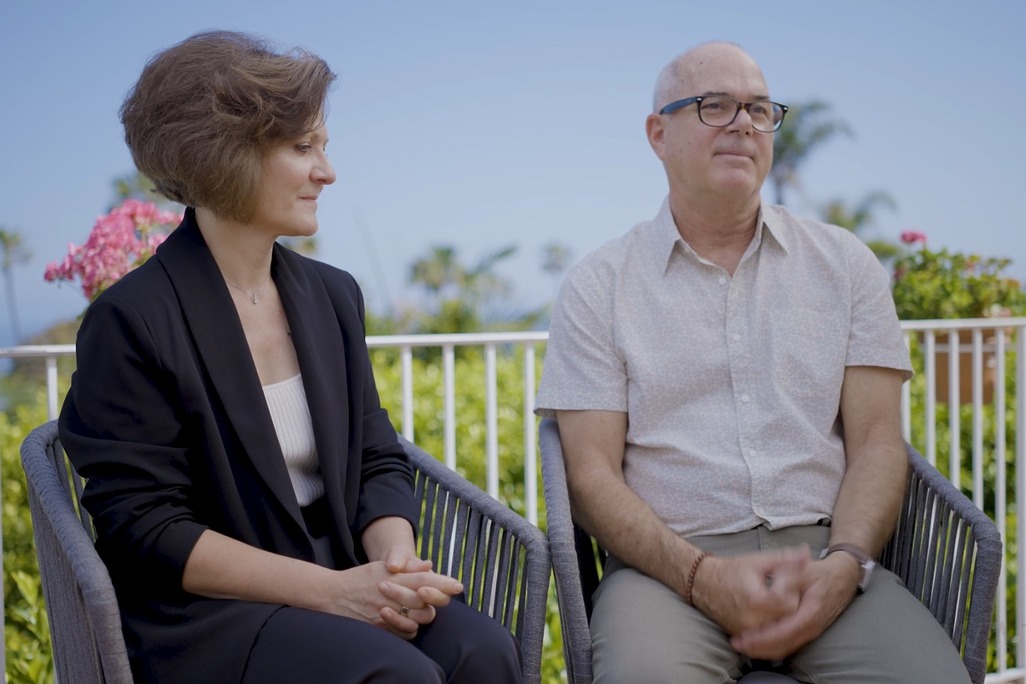
- Employee Feature |
- Inside WATG
